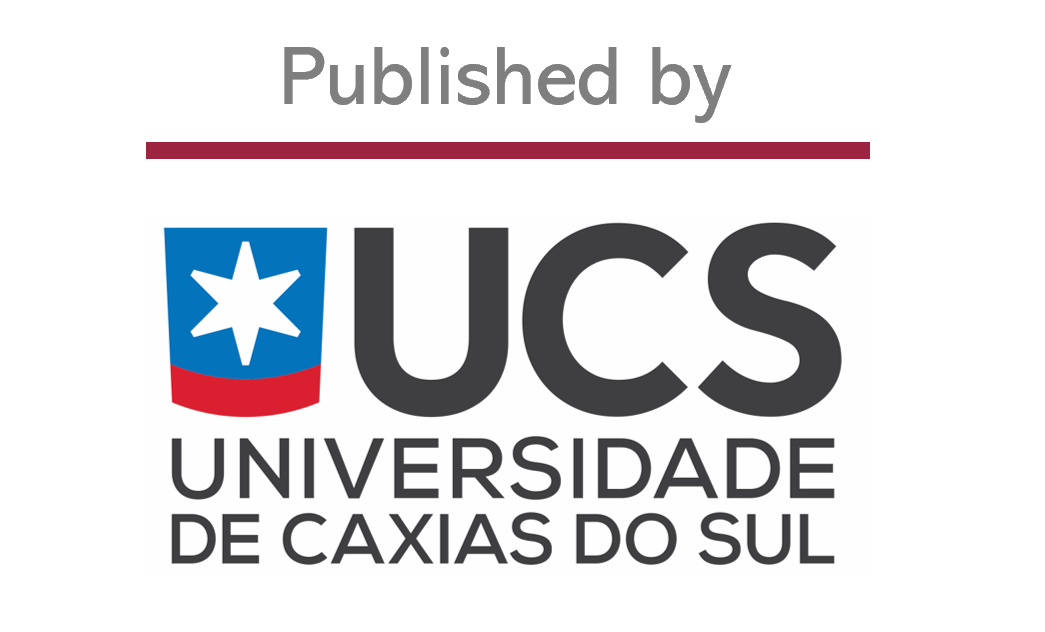Effect of dynamic crosslinking on phase morphology and mechanical properties of polyamide 6,12/ethylene vinyl acetate copolymer blends
DOI:
https://doi.org/10.18226/23185279.v3iss1p23Keywords:
TPV, polyamide 6,12, EVA, dynamic crosslink, DCPAbstract
The dynamic crosslinking of polyamide 6,12 and ethylene vinyl acetate (PA6,12/EVA) blends in the mixing chamber of a torque rheometer was investigated. EVA was selectively crosslinked within the PA6,12 phase through free radical reactions using dycumil peroxide. The degree of EVA crosslinking in the PA12,6/EVA materials was estimated based on the gel content (insoluble EVA fraction). The PA6,12/EVA phase morphology was investigated by scanning electron microscopy. The mechanical properties were investigated by determining the tensile strength and hardness. The half-life time (t1/2) for homolytic scission of the dcumil peroxide (DCP) was ~6s, and this time is longer than the dispersion time of the DCP in the blends. The addition of DCP resulted in increased torque values due to specific crosslinking in the EVA phase. For the pure EVA and its blends with PA6,12 the stabilized torque values increased proportionally with the amount of DCP in the system, due to a higher degree of crosslinking of the elastomeric phase. The gel content of the dynamically crosslinked blends increased with the amount of DCP incorporated until 4 phr. At 1 phr the gel content value was 2.6wt.%, while at 4 phr it was 17wt.%. For the polymer blend with 8 phr of DCP a lubricating effect contributed to reducing the gel content. The dynamically crosslinked blends, regardless of the amount of DCP added, showed a reduction in the mechanical properties, which is related to the morphological features of the system due to the low mechanical fragmentation during melt processing.
Metrics
Downloads
Published
How to Cite
Issue
Section
License
Copyright (c) 2023 Fabrício Bondan, Otávio Bianchi (Author)

This work is licensed under a Creative Commons Attribution 4.0 International License.








